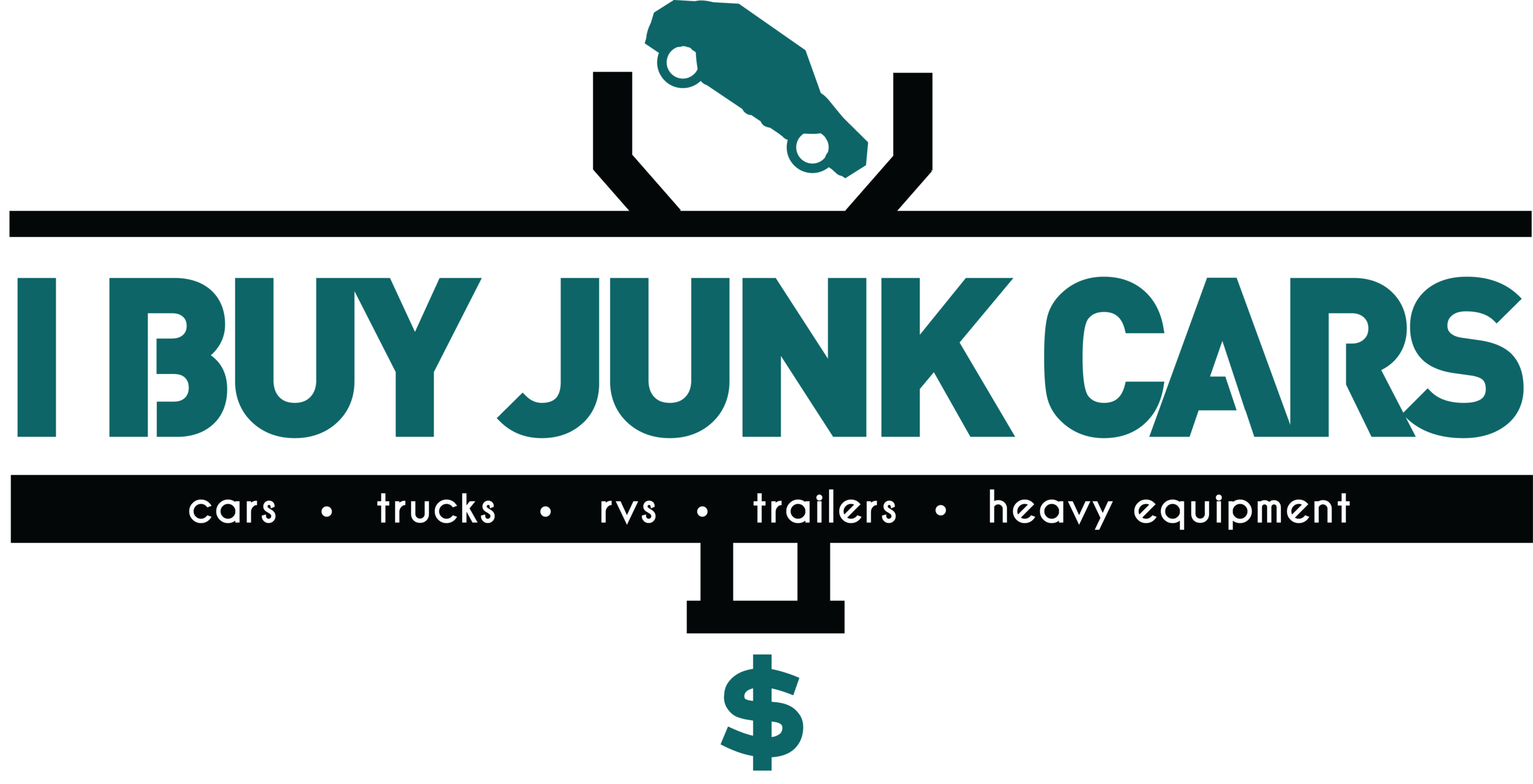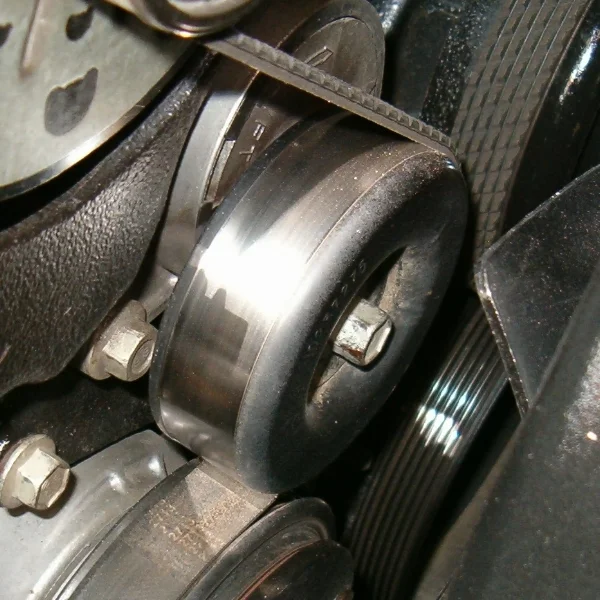Keeping an Eye on Belts and Hoses
With summer fast approaching, we’d be remiss if we didn’t take some time to talk about the belts and hoses in a car, how to protect them, check them for damage, and finally, replace them before they put you or your car engine in peril.
Belts
There are a variety of belts in your car’s engine. A visual inspection should be conducted periodically to look for nicks, cracks, glossiness, missing pieces, or fraying. New belts have an exceptional advantage over old belts as they’re better constructed. What this means, however, is that if they do happen to break, they can cause quite a lot of damage. In particular, there are two noteworthy belts: the serpentine belt and the timing belt:
The tensioner keepr the serpentine belt (pictured here) at just the right tension to make the car run perfectly.
Serpentine belt
The crucial belt, the one which snakes a pathway all through the parts of your engine, is the serpentine belt. Except on some older vehicles, the water pump, alternator, air conditioning compressor, and power steering pump are all operated by the serpentine belt.
Sounds of failure: vibration, high-pitched whine, or chirp.
Visual signs of failure: Missing pieces, cracks, nicks, glossy look
Timing belt
If you have a timing belt instead of a chain, this is the belt that controls the camshaft, which controls the opening and closing of the valves. Timing belts are what connect the upper and lower parts of the engine.
Sounds of failure: misfires, ticking, starter failure.
Visual signs: leaking oil
Hoses
There are a couple of things to remember about hoses. The first is that hoses are made of rubber and generally under pressure, which means they are the part of your car’s engine which is most prone to failure. The second thing to remember about hoses is the way they feel when they haven’t been compromised. A squishy hose is a hose in its old age, and you can expect to need to replace it soon.
Radiator hose: upper and lower radiator hoses supply critical coolant to your car’s engine. If one of these is leaking or has ruptured, don’t run the car. Other hoses are the vacuum hoses, water pump bypass hose, and heater core outlet hose.
Conclusion
Belt and hoses are adversely impacted by heat, which is why owners of vehicles in Phoenix should keep a close eye on these workhorse parts.
The potential for damage and the critical nature of these parts cannot be overemphasized. We have talked about the propensity for heat to damage belts and hoses, particularly in the summer weather.
As a result, many people replace belt and hoses before they break as a means of prevention, with the attitude that it’s better to spend the money and avoid the need for an inconvenient and expensive tow, additional damage, or the loss of mobility a sudden, unexpected repair creates.
If you are in the Phoenix Metro area and want a no-hassle cash quote for an old, wrecked, unwanted, salvage or burned car, SUV, van or truck, give us a call at I Buy Junk Cars. 480-771-8290.

